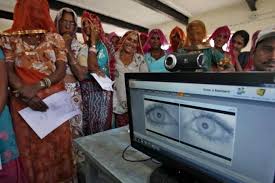The 116.4% saturation in Delhi means more Aadhaar cards have been issued than the total projected population. Multiple Aadhaar cards issued to the same individual due to system errors or re-enrollment. Non-residents such as migrants or temporary residents obtaining Aadhaar cards.
Aadhaar saturation is calculated by dividing the number of Aadhaar cards issued by the projected population and multiplying by 100. A percentage over 100% indicates that Aadhaar card issuance exceeds the expected population.
Delhi’s large urban population includes migrants, students, and temporary residents, increasing Aadhaar registration. Errors in the enrollment process or re-enrollment can lead to individuals having multiple Aadhaar cards. Discrepancies between projected and actual population figures can result in higher saturation percentages.
High Aadhaar saturation ensures broader access to government welfare schemes, subsidies, and public services. It facilitates direct benefit transfers, financial inclusion, and streamlined access to government services. Over 100% saturation suggests potential duplicate entries or data discrepancies, necessitating correction or re-verification to maintain data accuracy.
Delhi’s 116.4% Aadhaar saturation indicates more Aadhaar cards issued than the projected population, reflecting high coverage but also potential issues with duplicate enrollments and population tracking. The government may need to focus on data cleaning and updating enrollment records to address over-saturation and ensure accurate data management.







